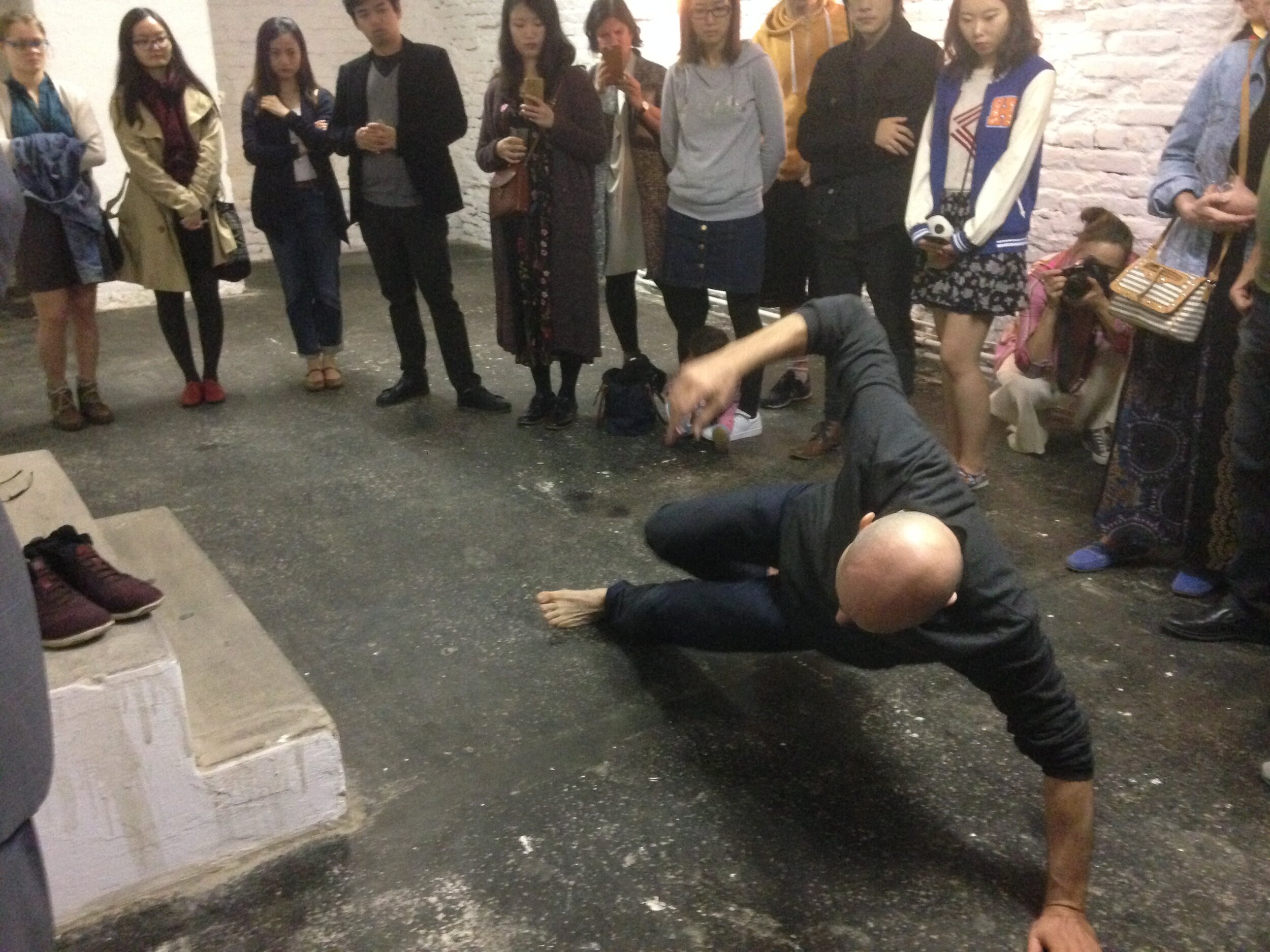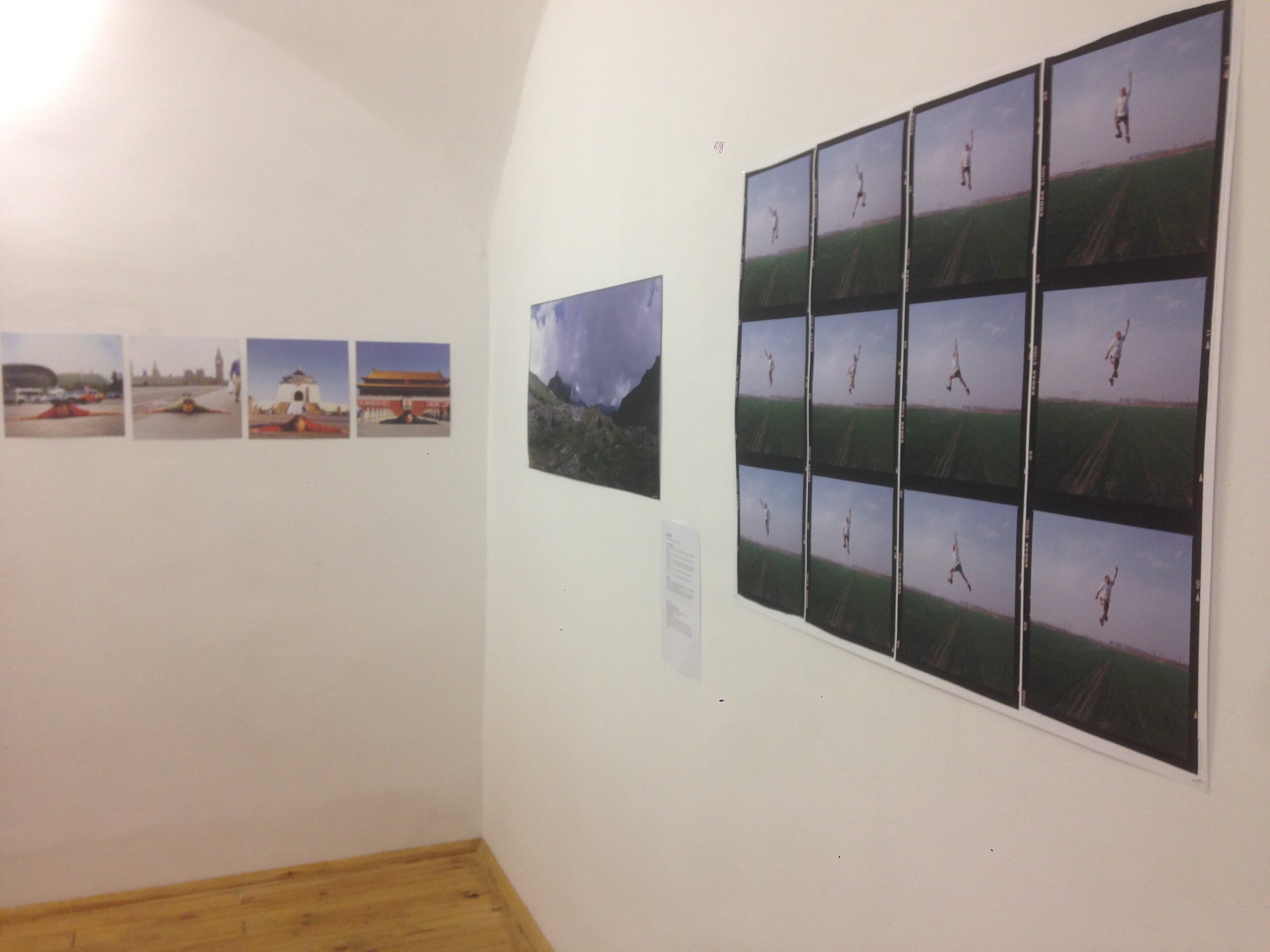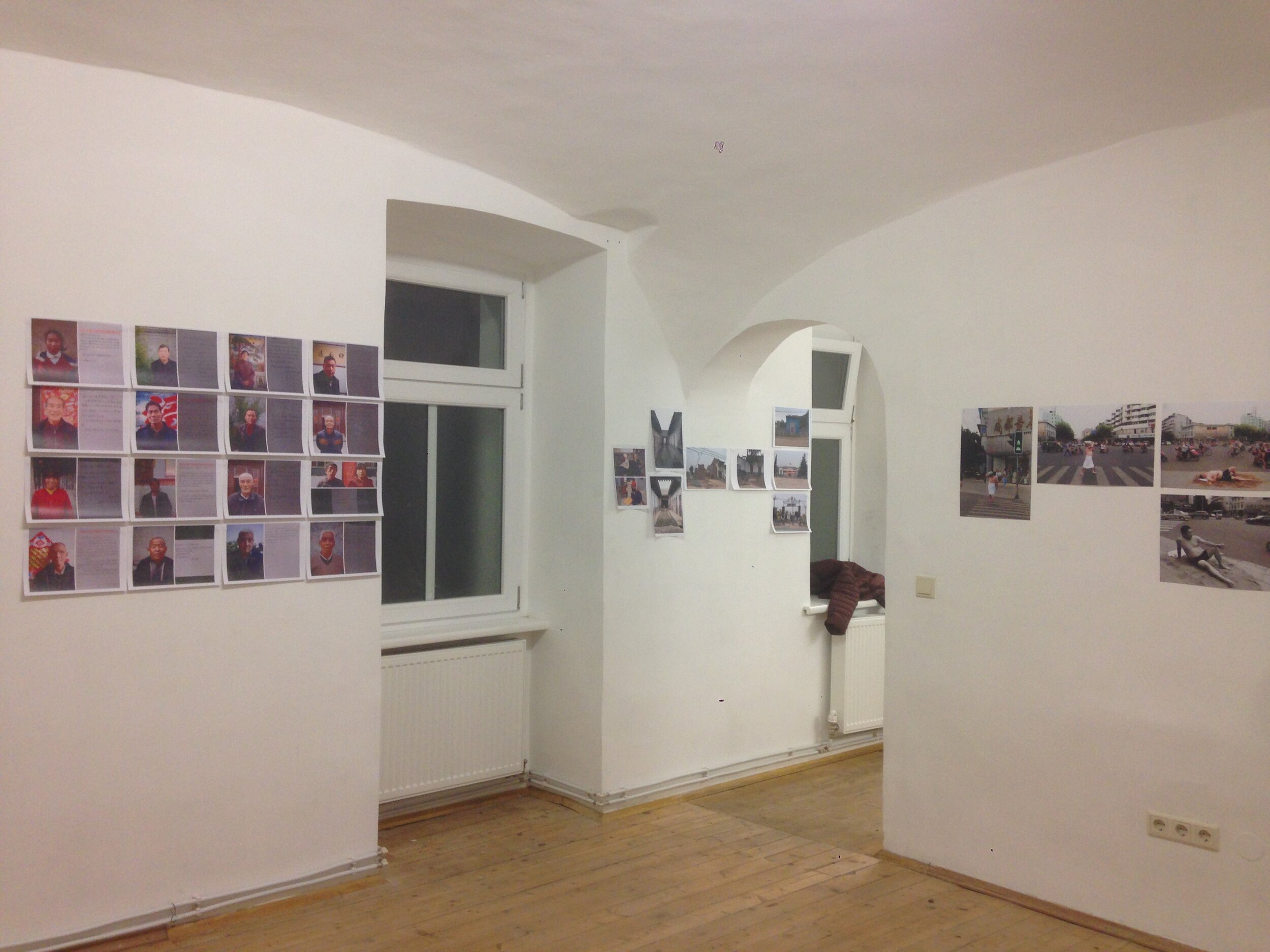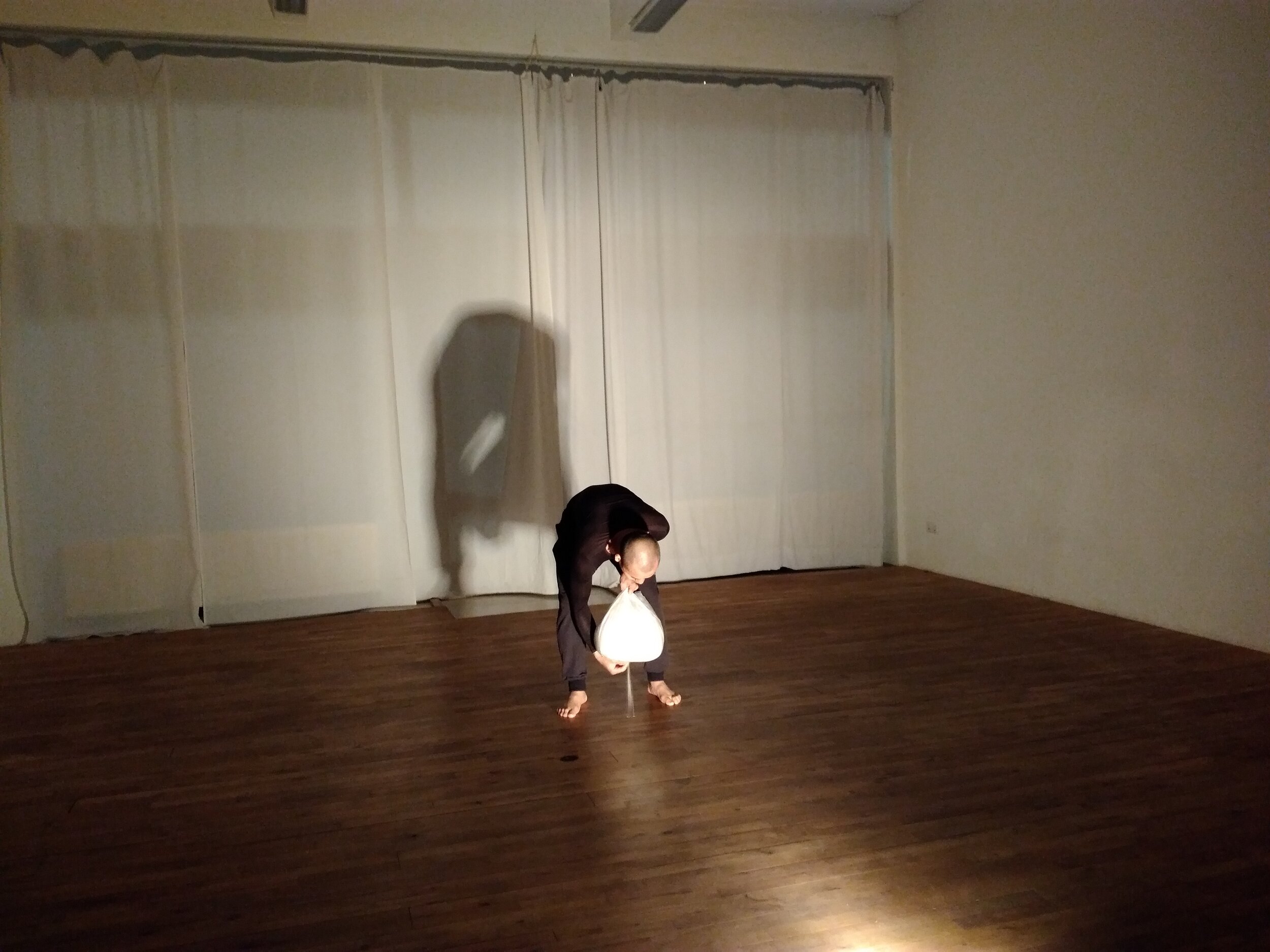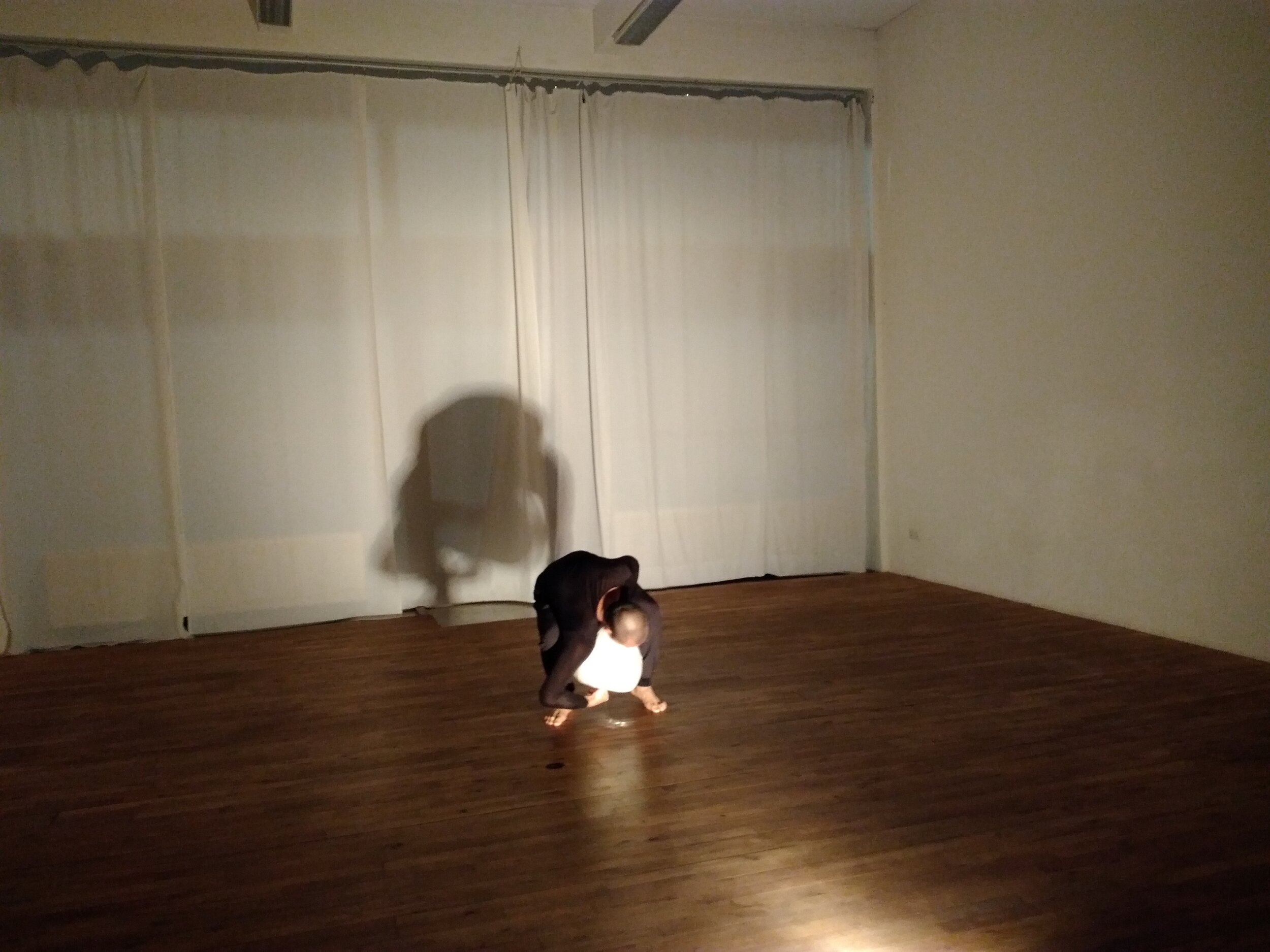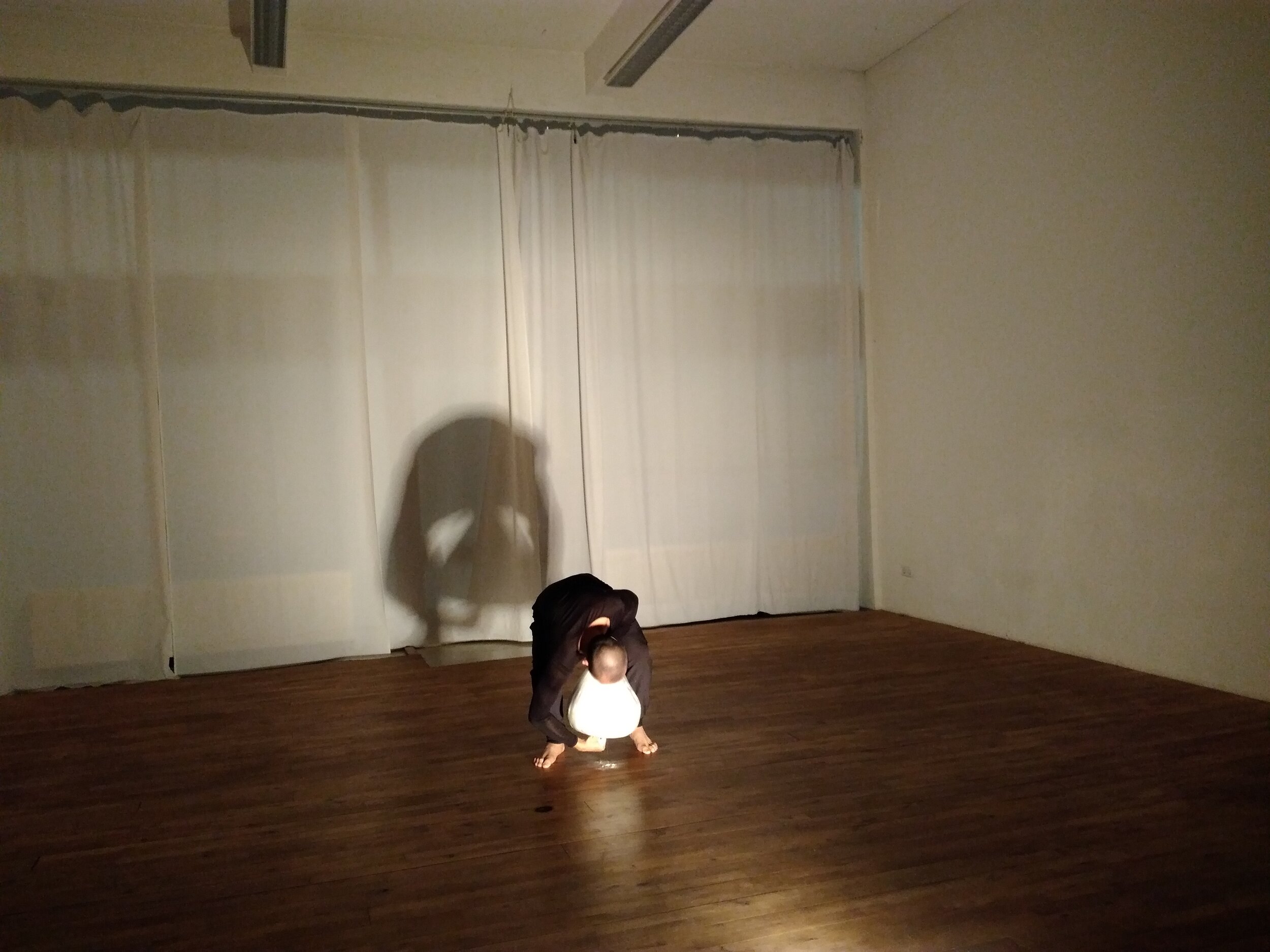Project Statement:
The long history and eclectic range of artistic traditions representing the cultural diversity of the Asian continent cannot be generalized into a single definition. Together with its own artistic heritage and newly developed forms of modern performance art, Asia has become home to a number of new artistic possibilities. Various forms of Asian performance art have already had a significant impact in the West, and are constantly growing in their global reach and popularity.
When concepts and methodologies of modern performance art were first introduced in Asian countries, there was a natural disconnect between these modern, imported art forms, and the traditional values and techniques of endemic artistic movements. This contrast has, however, been positively utilized in many Asian countries, such as Japan and China, where traditional artistic formats have been innovative combined with modern, foreign concepts to create unprecedented new art forms. Whether such reconciliation is desirable or not is still a controversial issue – some fear the process by which traditional art forms are simply subsumed or replaced by modern, exogenous genres. Although the degree to which Asian countries have accepted foreign art forms and altered their own artistic traditions to fit with them varies extensively, there is a clear trend towards the strengthening of Asian subjectivity – or, as Lacan would term it, the ‘Ego’.
Lacan's mirror stage describes the formation of the Ego via the process of objectification. The Ego, in Lacan’s terminology, is the result of a conflict between one's perceived visual appearance and one's emotional experience. This identification is what Lacan termed alienation. In the mirror stage a misunderstanding constitutes the Ego—the ‘me’ becomes alienated from itself through the introduction of an imaginary dimension to the subject.
This imaginary dimension is highly present in modern Asian performance art. The ‘real world’, with its conflicts between globalization and local culture, and the influence of multiple factors such as capital movement, political posturing, cultural dissemination and dilution, and penetrative communication and media networks, has created new issues for cultural and artistic performance to explore, with many Asian performance artists’ work characterized by a focus on resistance, localization, fusion, splitting and separation.
It is within this context that the contemporary Asian performance art week finds its setting, seeking to explore how to define, and redefine, contemporary Asian performance art at this juncture.
Contemporary Asian performance art emphasizes the practice of co-construction, of cultural production in a highly present and dynamic context, which is combined with concepts from other fields to form a new kind of cultural story. In the practice of contemporary Asian performance art, the 'image / imagined', as associated with the 'imaginary' of self-alienation – both on an individual and regional level – is highly relevant in understanding what ‘Asia’ means in this context and how Asian performance art views itself, its audiences and its future.

